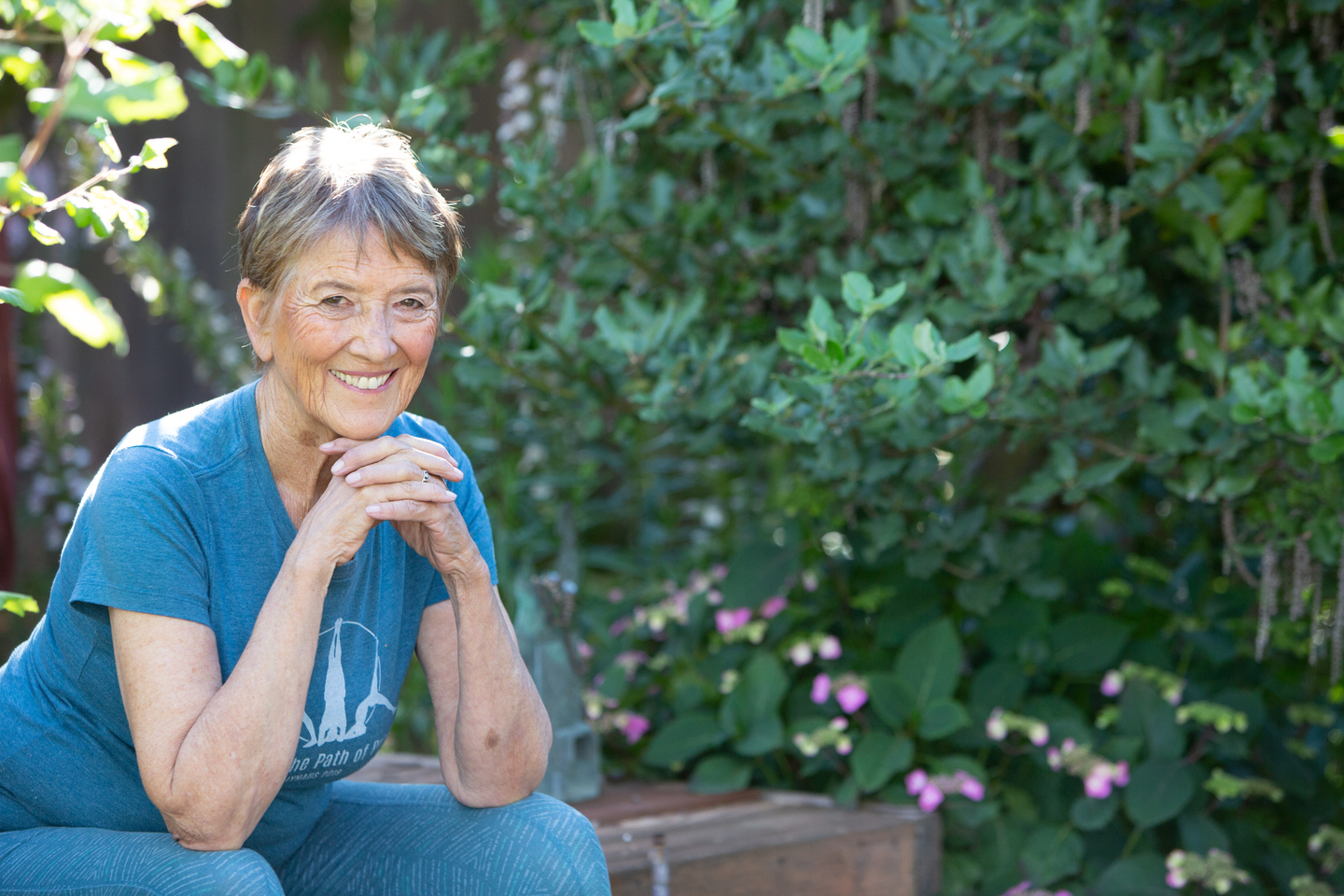
Ask The Teacher . . . How to Start a Home Practice
Question:
This is my first yoga class and I love it, but I want to do more than just come to a class once a week. What’s the best way for me to start practicing yoga at home?
Answer:
It’s terrific that you are feeling the benefits of yoga and that wanting to integrate it more into your daily life. That excitement that you’re feeling is known as Tapis in Sanskrit. Tapis means “a burning desire.” The eagerness to learn more, to feel more and to perform the asana better often arises when new students are introduced to yoga. The question is, “How can I fan the flames of the desire to integrate this newfound yoga into my daily life?” Here are some ideas:
- Find a time and a place to practice. Don’t worry too much about finding the perfect place to practice at this stage. A small area with a bit of usable wall is good for now. You probably already have an idea of an available time. For most of us, getting up early before the needs of the family and pets present themselves is a good place to start. Just keep your preparations simple.
- Equipment you will need. The yoga mat is the only thing you really need for starters. You can always add blocks, belts, bolster, and a chair later. Sometimes can we wear ourselves and the wallet out before we actually do any yoga.
- Set your intention. How did you feel after your last yoga class? What made you feel better? My guess is you felt more space in your body. The lengthening of the spine, stretching of the legs and arms creates space and a sense of well -being. If you can practice in such a way that you feel good (whatever that means to you), chances are you will practice again.
- Integrate one or two simple poses. Chose Mountain pose and Triangle Stand for your first week. When you are ready to add another pose, pick one that you regularly do in your yoga class.
- Start with the breath. Start your home practice with breath awareness. For example, stand in Mountain Pose (Tadasana) inhaling as you lift your arms up from the sides upwards over your head and exhaling as you lower your arms back to your outer thighs. Gradually lengthen both the inhalation and exhalation. Steadiness and comfort always involve the breath in a posture. Use this breath awareness as a physical and mental warm-up.
- Practice standing in Mountain Pose (Tadasana). Remember the points you have learned in class: Standing steady, feet balanced, chest lifted and eyes at horizon level.
- Triangle Stand. Learning to do Triangle Stand (Utthita Trikonasna) is to become steady and alert with a comfort and lightness in the posture. Becoming steady and doing the posture with a sense of comfort requires much repetition, investigation and perseverance. Let’s look at Triangle Stand. Most yoga classes will include this standing pose.
- Practice Triangle Stand in different ways. Use a mat and do this pose in the middle of the room. Do this one posture several times. Try the pose with legs further apart, with and without a block, shorter or longer holdings. Next do Triangle Stand with your back heel to the wall. Notice how the heel at the wall creates more stability in the pose. Finally, do the pose one more time and notice any changes you feel of this pose.
- Experiment and be curious about your body, your breath and your mind. Do not be discouraged. Taking one little step toward your goal is to already bringing a desired change to yourself. When you return to the yoga class, you may have questions from your explorations. And, remember, you must first accept yourself as you are; know your starting point and keep that flame of your burning desire alive.
Posted in Ask The Teacher
